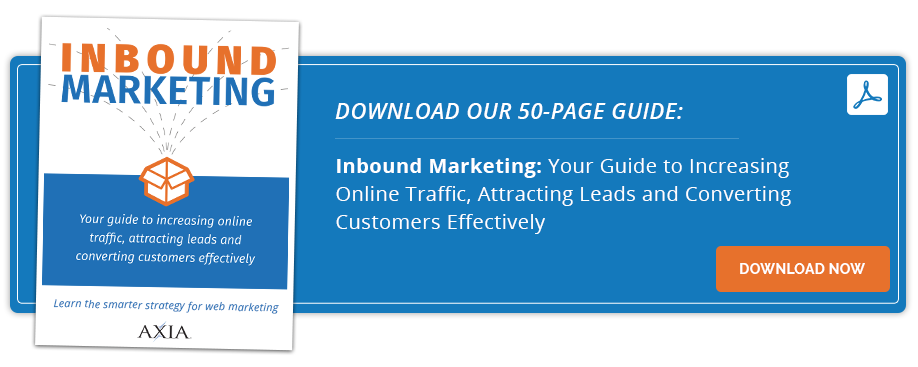 The term CTA is often used when discussing media pitches, website engagement, and social media marketing. For such an important term in the public relations and marketing industry, many people don’t know what CTA stands for or its importance, so let’s break it down.
The term CTA is often used when discussing media pitches, website engagement, and social media marketing. For such an important term in the public relations and marketing industry, many people don’t know what CTA stands for or its importance, so let’s break it down.
CTA stands for call to action. It originates from the marketing industry, referring to a piece of content in the form of an image, specific text, or website button.
The use of this particular content was intended to elicit a specific action from the viewer. It was typically created as a way to provide direction or instruction, such as “sign up here,” “buy now,” “follow,” etc.
There are various types of call to actions, such as:
-
Lead Generation
-
Form Submission
-
“Read More” Button
-
Social Sharing
-
Lead Nurturing
-
Closing the Sale
-
Event Promotion
Ideally, a CTA is used to intrigue and guide consumers to the next step of the marketing funnel.
But why is it important?
Personalized calls to action convert 202% better. Therefore, when used strategically, a CTA can help take your marketing strategy to the next level.
Many PR and marketing practitioners follow the marketing funnel, creating an ideal journey for consumers to take. This leads to the formation of a loyal customer relationship, and part of that success is due to the use of CTAs.
The use of CTAs lies after “awareness” under “interest,” where a prime opportunity is available to connect with the audience and encourage them to take further action to propel toward the end the customer’s journey.
CTAs are so common that they are now expected by many consumers, even if they don't realize it.
How to create a successful call to action
To achieve an effective CTA, here are a couple of tips:
Eye-catching design
For CTAs to be effective, they need to stand out and pair well with the rest of the page. When creating a CTA button or graphic, it should incorporate aspects of your page design, such as the style, staying in the color pallet, and matching the fonts. However, dress it up by using a specific accent color and choosing a special font that pairs well with others.
Sense of urgency
Create that feeling of urgency and redirect the consumer’s attention toward your CTA by incorporating action words. Words such as “get,” “learn,” “discover,” and “now” have the power to drive more engagement to your company’s website. In turn, this will have readers place priority on the content.
A clear purpose
A clear CTA allows the reader to fully understand and comprehend the purpose of the writing. Without this key element, the reader might get confused and not know the next steps to take. A specific, concise CTA can change a reader into a customer.
About Nicole Cardenas
Nicole Cardenas is a fall intern at Axia Public Relations. She is currently studying public relations and event management at the University of Florida. Go Gators!
Topics: PR tips, owned media, web media


Comment on This Article